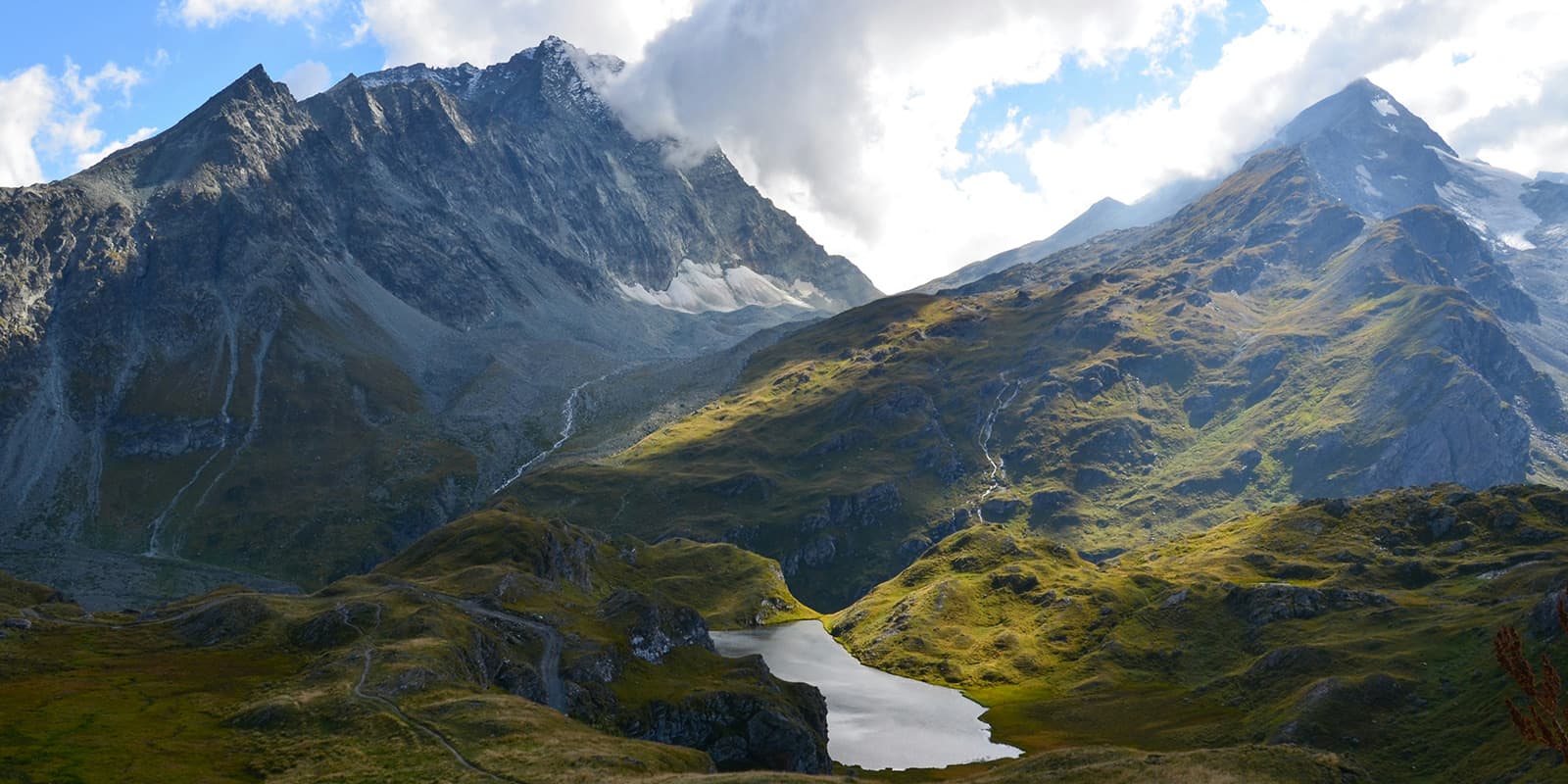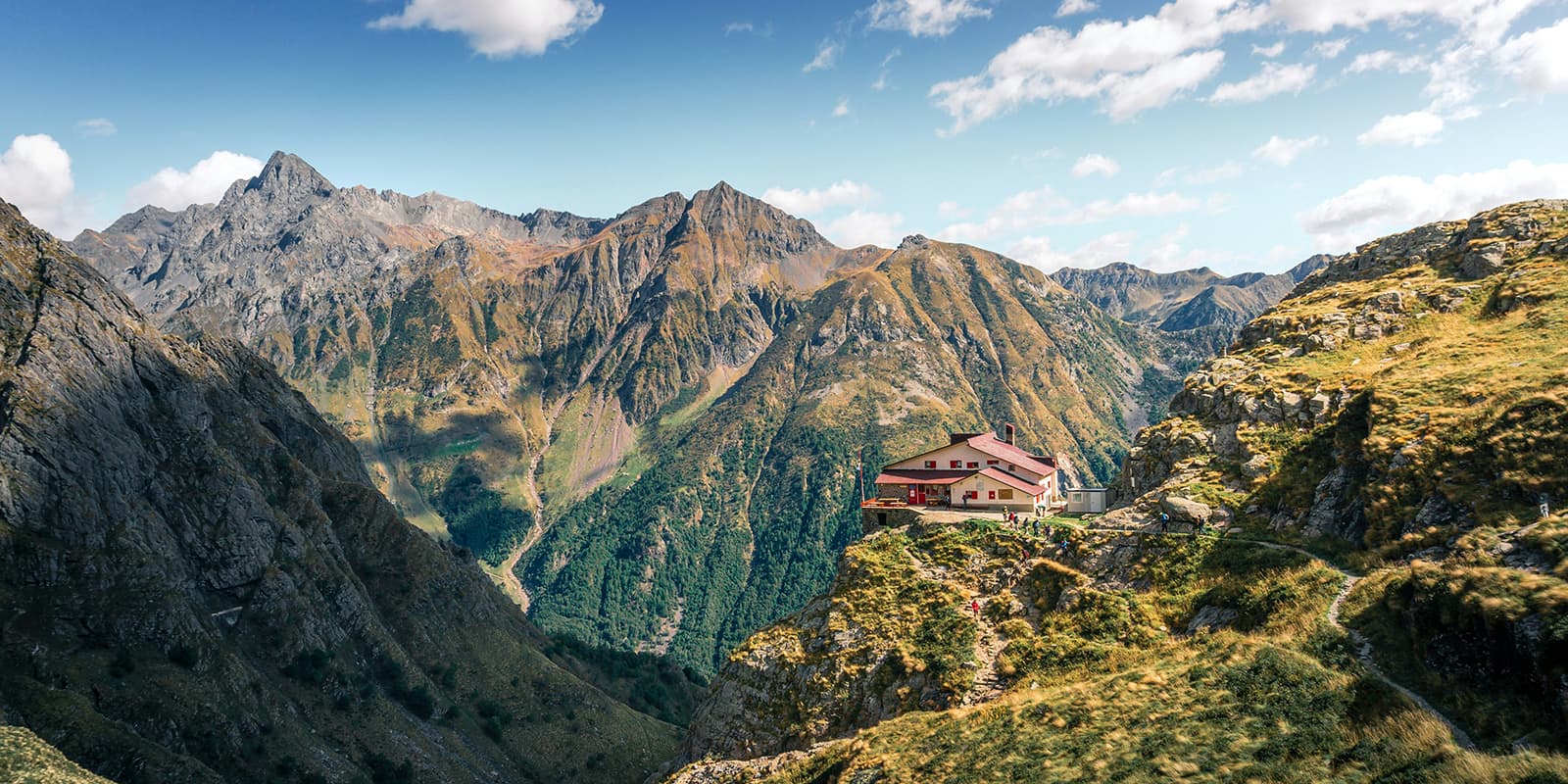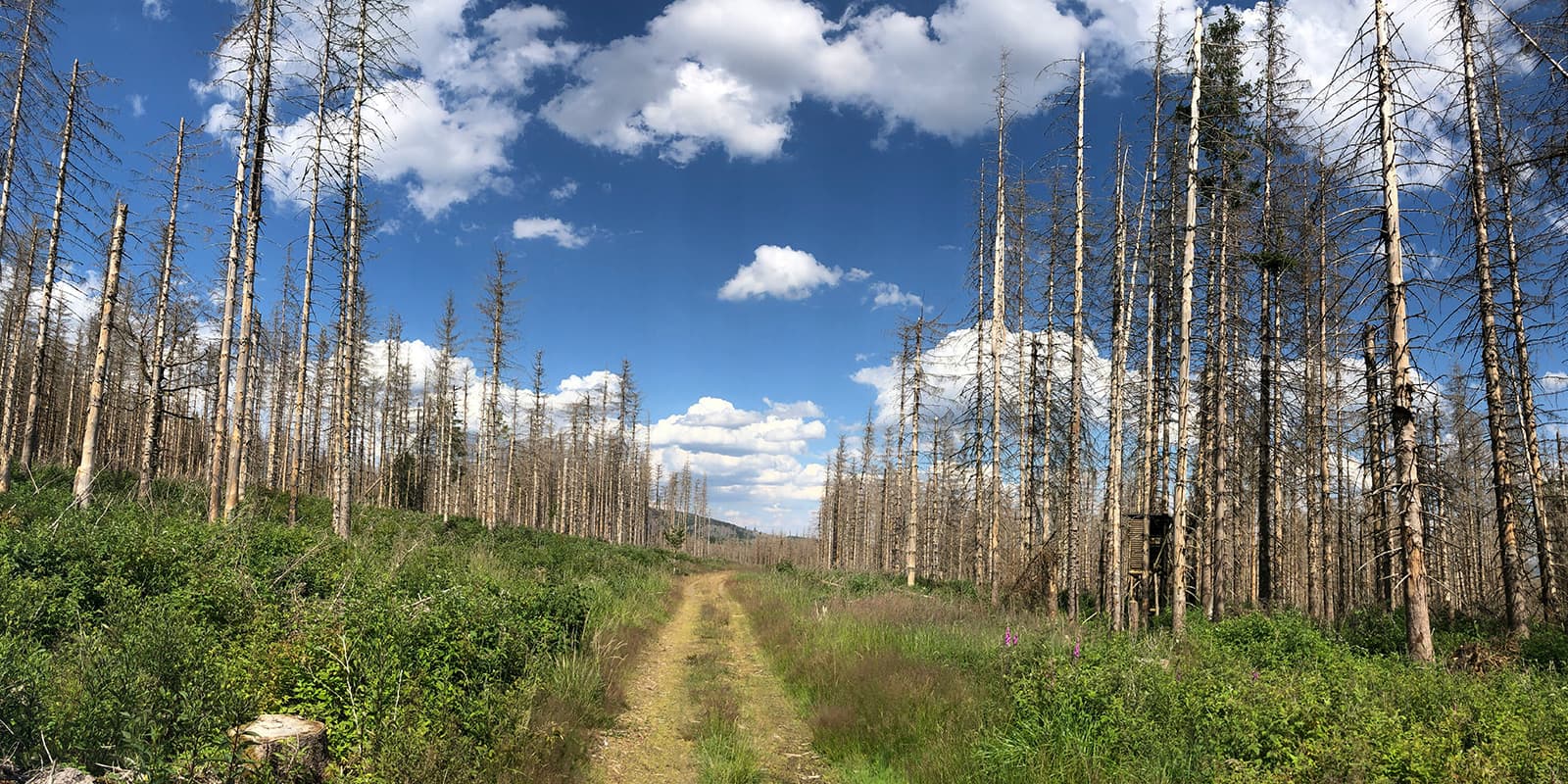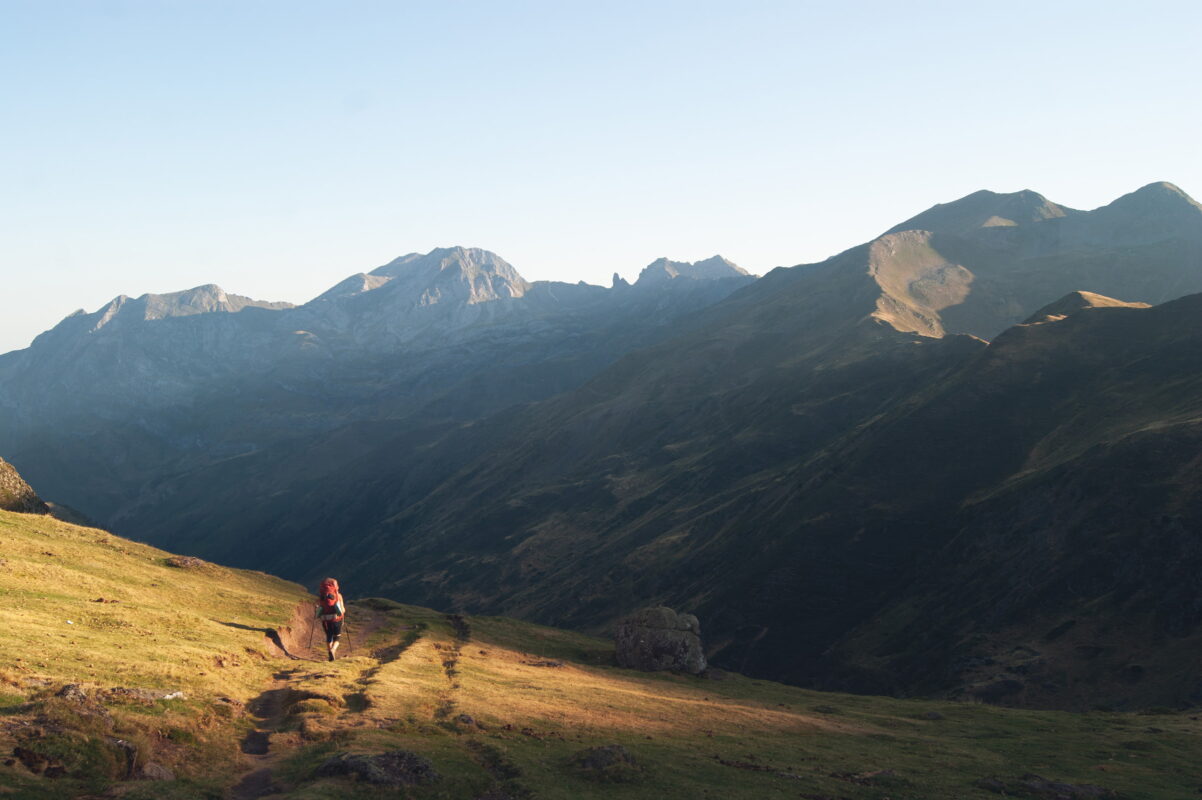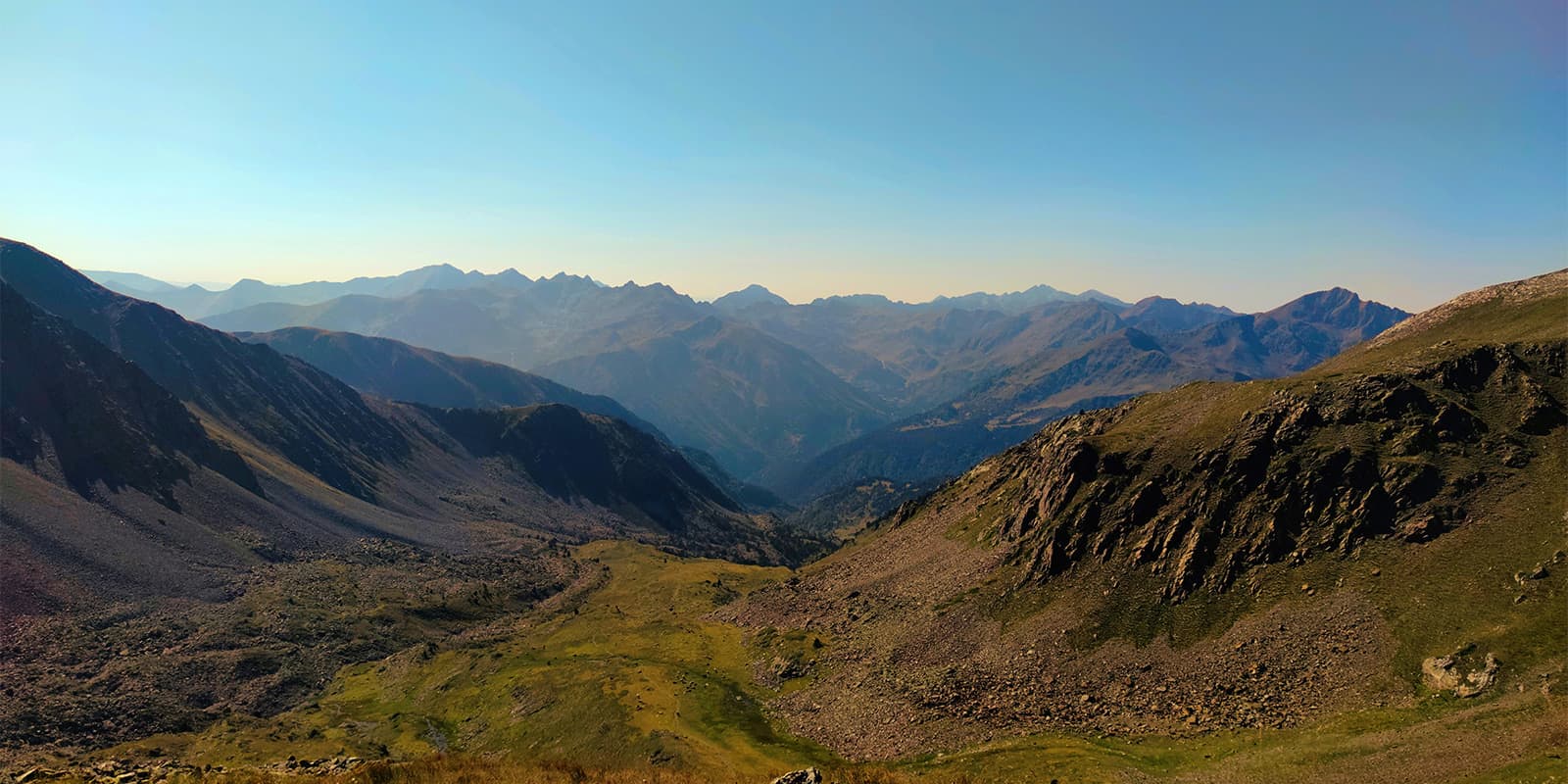Find your trail
Hiking trails come in various types for all kinds of people. Here’s a breakdown of the types you can find in our extensive database.
Day-hiking trails: These trails are designed for short hikes that are typically completed within a single day. They vary in difficulty from easy to challenging alpine hikes that may involve steep climbs and rugged terrain. Day-hiking trails are ideal if you’re looking to enjoy the outdoors without the commitment of an overnight stay or when you don’t have the time for a longer trail.
Long-distance trails: Multi-day hikes over long distances that usually go across multiple areas are called long-distance trails. They vary in distance from around 30 kilometers to thousands of kilometers. Often, these longer long-distance trails can be segmented into sections that can be completed in several days or weeks. These trails are popular for multi-day hiking trips.
Thru-hiking trails: A specific type of long-distance trail, thru-hiking involves completing a long-distance trail from end to end in one or consecutive seasons. This often means several months of hiking in a row. Famous examples include the Appalachian Trail and the Pacific Crest Trail in the United States, and the Te Araroa in New Zealand. Thru-hikers mostly go with their (ultra)light gear making it easier to cover long distances.
Pilgrimage trails: A long-distance trail with a spiritual and historical touch, also called a pilgrimage. The pilgrimages are often tied to religious or spiritual sites and their length can vary greatly. The most popular pilgrimage in the world is the Camino de Santiago, or in English, the Way of St. James. But there are so many more pilgrim trails in the world such as the Shikoku Pilgrimage in Japan or the St. Olavsleden in Norway and Sweden.
Hut-to-hut hiking trails: These are also a specific type of multi-day hike, where you travel from one mountain hut to another mountain hut. The huts provide basic accommodations, usually including beds and a restaurant for basic food. This type of hiking is popular in regions like the Alps in Europe with France, Switzerland, Austria, and Italy. These are some of the top hiking countries where you can find a network of huts that allows you to explore remote areas while staying at higher altitudes. Norway also has a perfect network of mountain huts for hut-to-hut hiking.
To all trails
Where to hike
The best hiking region can vary widely depending on what you’re looking for in a hike. Here are some top regions around the world known for their great hiking trails:
The Alps in Europe go across several countries including Switzerland, France, Italy, and Austria, and have stunning mountain scenery, well-marked trails, and different levels of difficulty. The Tour du Mont Blanc, Via Alpina, and Alta Via 1 are the most famous trails here.
The Himalayas are great if you’re looking for high-altitude and cultural trails. Routes like the Everest Base Camp trek and the Annapurna Circuit are among the most popular trails in the world.
Patagonia is a region in Chile and Argentina, famous for its dramatic landscapes and includes glaciers, lakes, and rugged mountains. Torres del Paine National Park is a popular destination on the Chilean side with trails such as the W-Trek and O-Circuit.
The United States has a great variety of trails from thru-hiking the country on the Pacific Crest Trail to day hiking Angels Landing in Zion. There’s a great hiking culture and plenty of opportunities for all different kinds of trails.
One of the most unique countries can’t be missed here, New Zealand. This country is a great place to discover the trails, especially for multi-day treks such as the Routeburn Track, Milford Track, or even the Te Araroa that crosses both the South and North islands in about 3000 kilometers.
Choose your hiking trail
Choose a trail that fits your experiences and preferences. Always keep in mind that the weather and seasons always are magnified on the trails, making it sometimes inaccessible to hike at higher elevations or in other typical areas such as deserts and colder areas. Take always enough food and water with you and different layers for rapidly changing weather to adapt while you’re out for hours.





